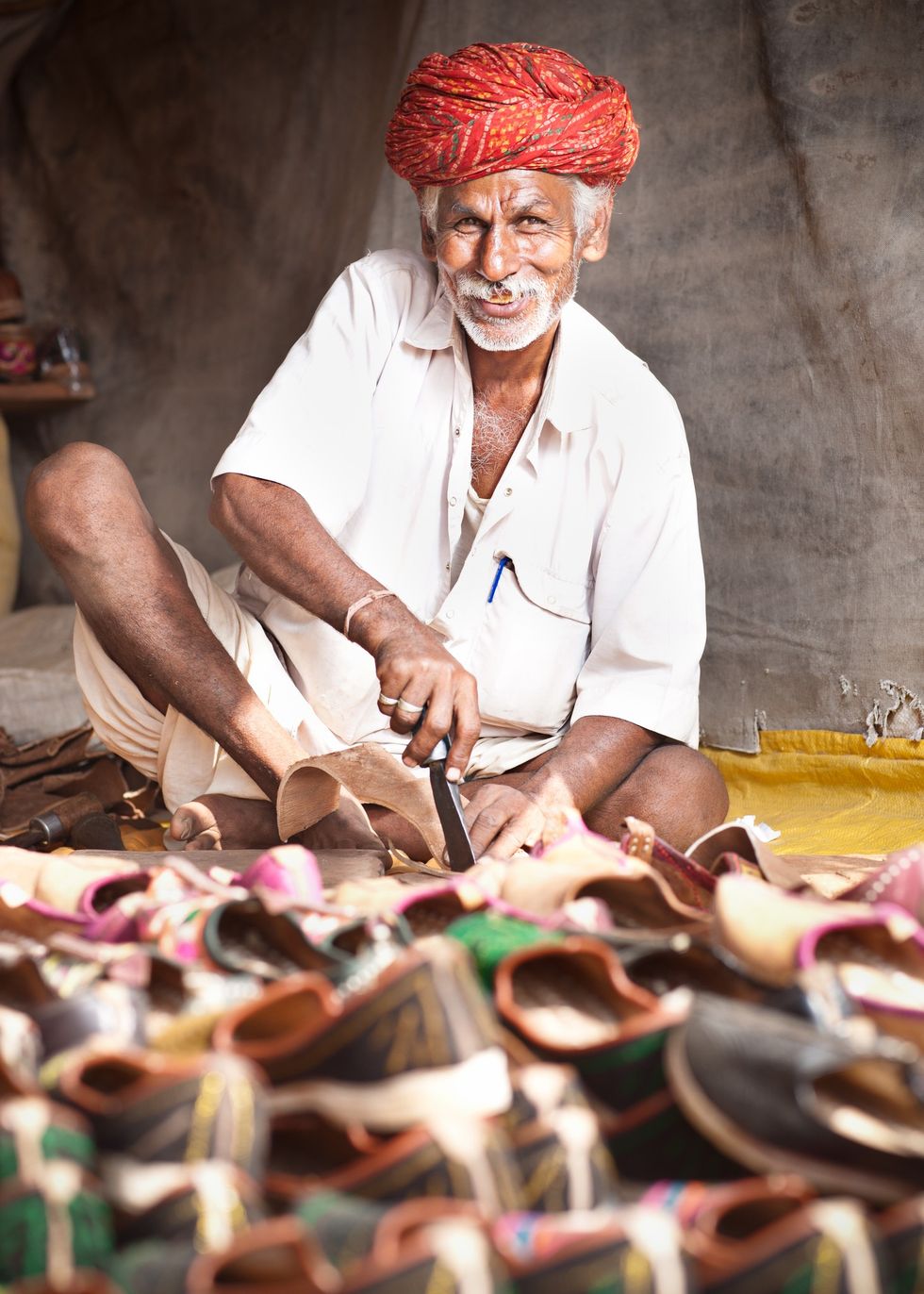The death toll due to COVID-19 rose to 1,886 and the number of cases climbed to 56,342 in India on Friday (8). The country reported 3,390 new cases and 103 deaths in the last 24 hours, according to the health ministry.
The number of active COVID-19 cases stood at 37,916. While 16,539 people have recovered, one patient has migrated, it said. Data shows that around 29.35 per cent patients have recovered so far in India.
The total cases include 111 foreign nationals. Of the 103 deaths reported since Thursday (7) morning include 43 in Maharashtra; 29 in Gujarat; eight in Madhya Pradesh; seven in West Bengal; five in Rajasthan; two each in Tamil Nadu, Uttar Pradesh and Andhra Pradesh; and one each in Bihar, Delhi, Karnataka, Punjab and Jammu and Kashmir.
Of the 1,886 fatalities, Maharashtra tops the tally with 694 fatalities, Gujarat comes second with 425 deaths, followed by Madhya Pradesh at 193, West Bengal at 151, Rajasthan at 97, Delhi at 66, Uttar Pradesh at 62 and Andhra Pradesh at 38.
The death toll reached 37 in Tamil Nadu, 30 in Karnataka while Telengana has reported 29 fatalities due to the respiratory disease. Punjab has registered 28 COVID-19 deaths, Jammu and Kashmir nine, Haryana seven, Bihar five and Kerala four. Jharkhand has recorded three COVID-19 fatalities. Odisha and Himachal Pradesh have reported two deaths each. Meghalaya, Chandigarh, Assam and Uttarakhand have reported one fatality each, according to the ministry data.
The highest number of confirmed cases in the country is from Maharashtra at 17,974 followed by Gujarat (7,012), Delhi (5,980), Tamil Nadu (5,409), Rajasthan (3,427), Madhya Pradesh (3,252) and Uttar Pradesh (3,071).
The number of COVID-19 cases has gone up to 1,847 in Andhra Pradesh and 1,644 in Punjab. The tally has risen to 1,548 in West Bengal, 1,123 in Telangana, 793 in Jammu and Kashmir, 705 in Karnataka, 625 in Haryana and 550 in Bihar. Kerala has reported 503 coronavirus cases so far, while Odisha has 219 infections.
A total of 135 people have been infected with the virus in Chandigarh and 132 in Jharkhand. Tripura has reported 65 cases, Uttarakhand has 61, Chhattisgarh has 59, Assam has 54, Himachal Pradesh has 46 and Ladakh has 42. Thirty-three COVID-19 cases have been reported from the Andaman and Nicobar Islands. Meghalaya has registered 12 cases, Puducherry has nine, while Goa has seven. Manipur has two cases. Mizoram, Arunachal Pradesh and Dadar and Nagar Haveli have reported one case each.





 Prada confirms Kolhapuri chappals inspired its 2026 Milan collectionInstagram/
Prada confirms Kolhapuri chappals inspired its 2026 Milan collectionInstagram/ Kolhapuri chappals have been crafted for centuries and received GI tag in 2019 iStock
Kolhapuri chappals have been crafted for centuries and received GI tag in 2019 iStock 








 Wintour also became synonymous with the Met GalaGetty Images
Wintour also became synonymous with the Met GalaGetty Images


Police may probe anti-Israel comments at Glastonbury